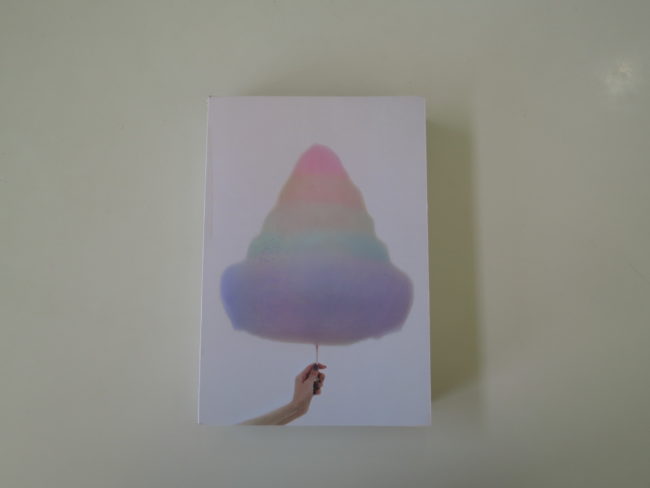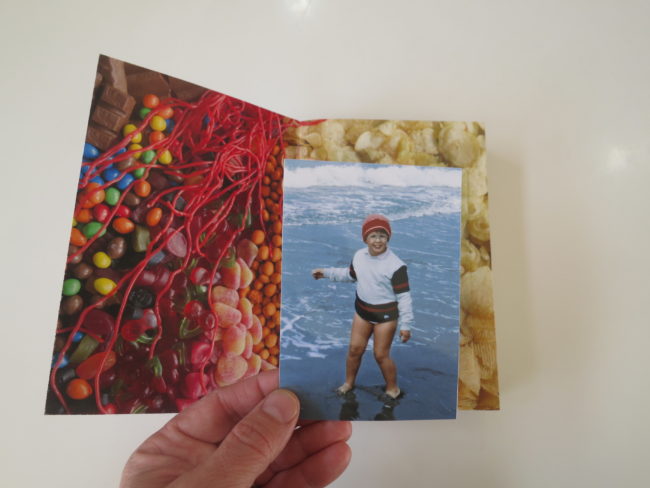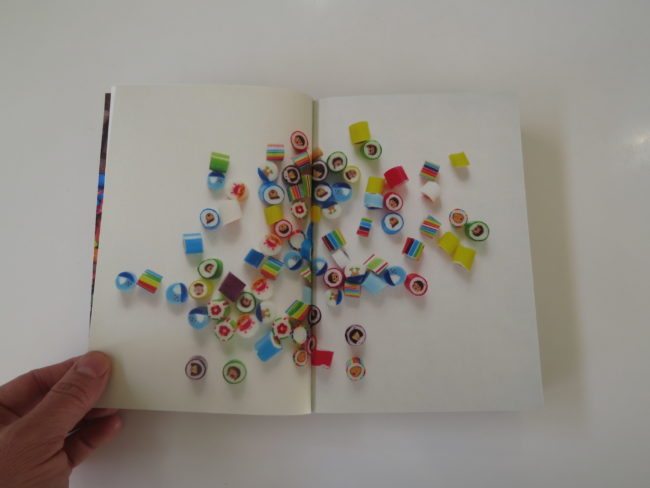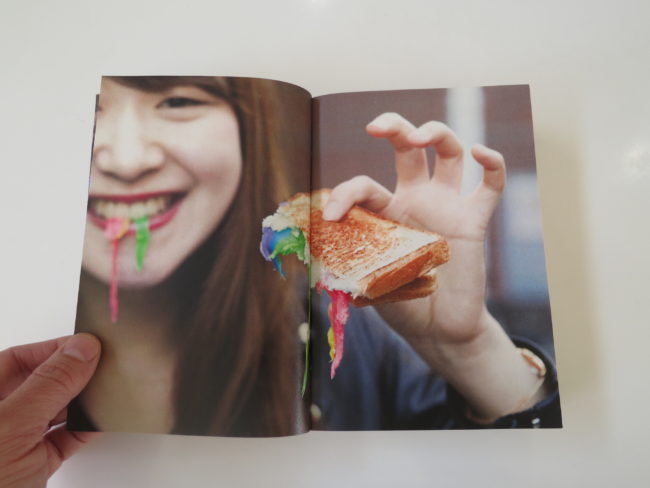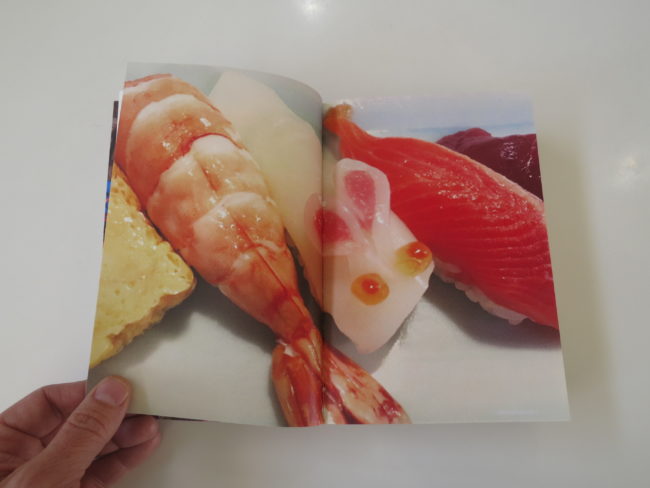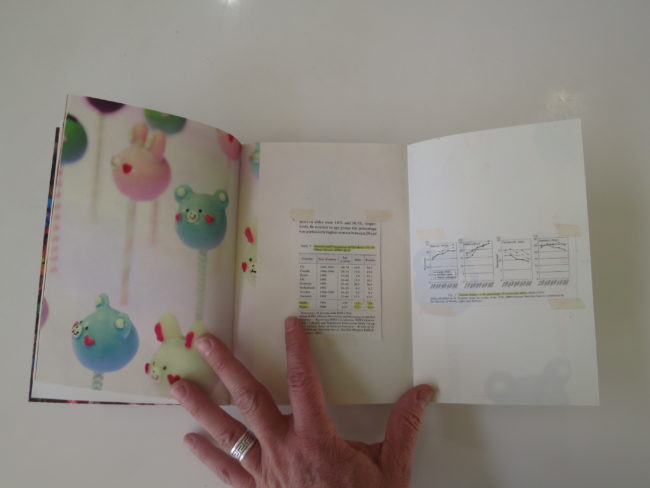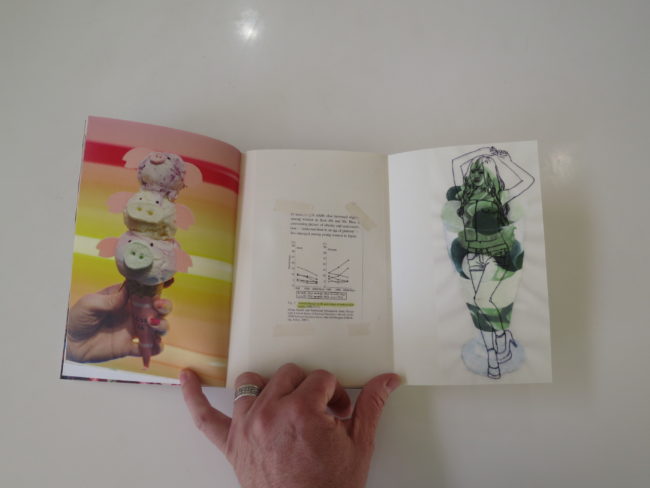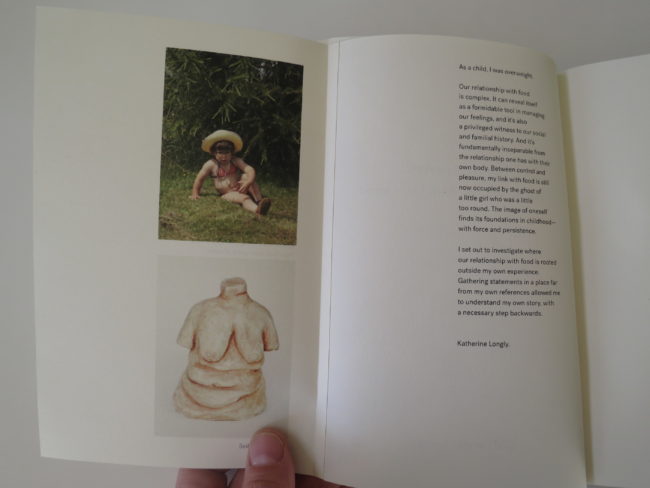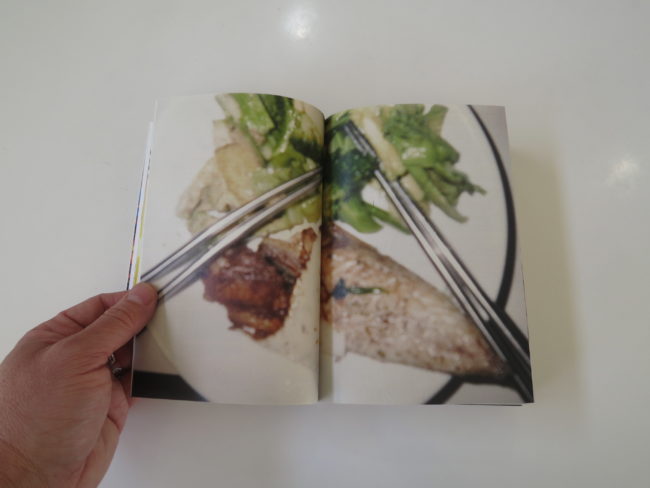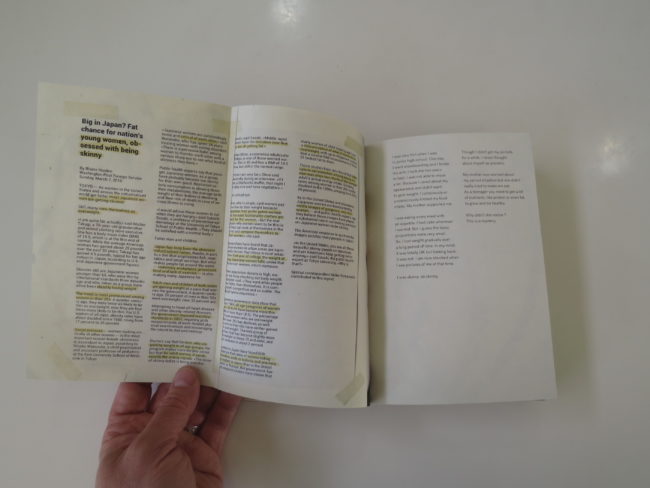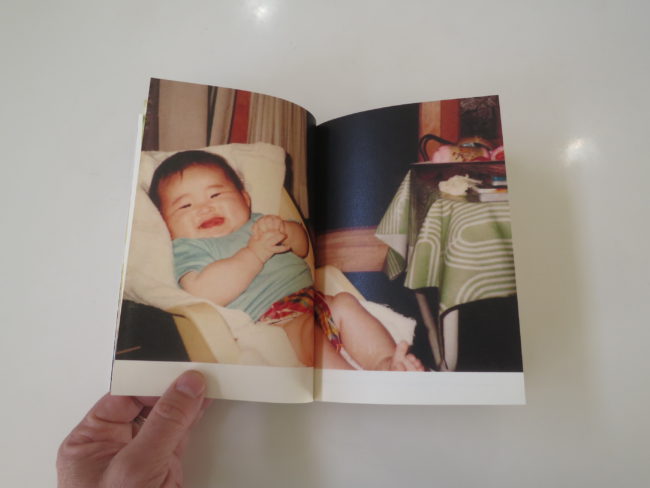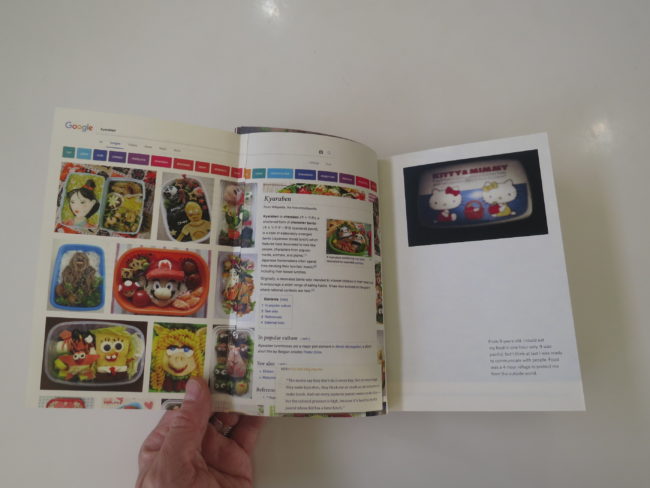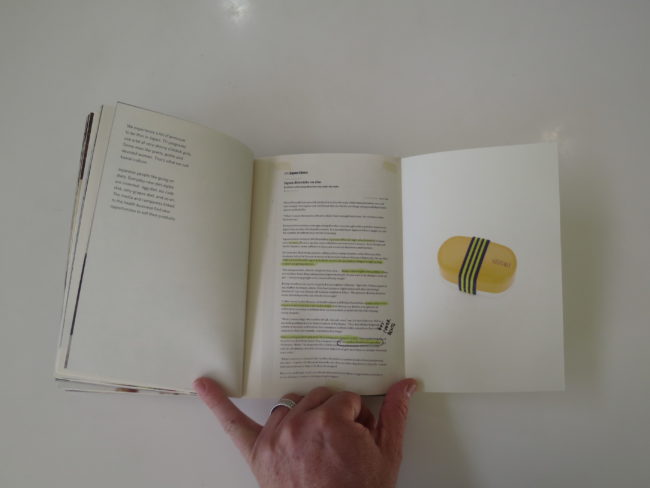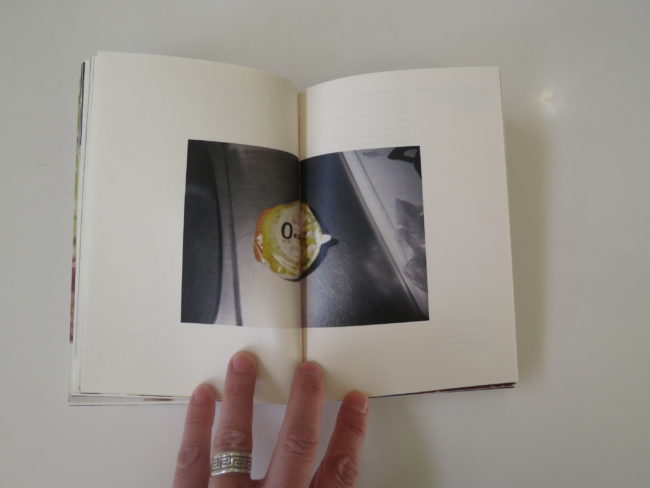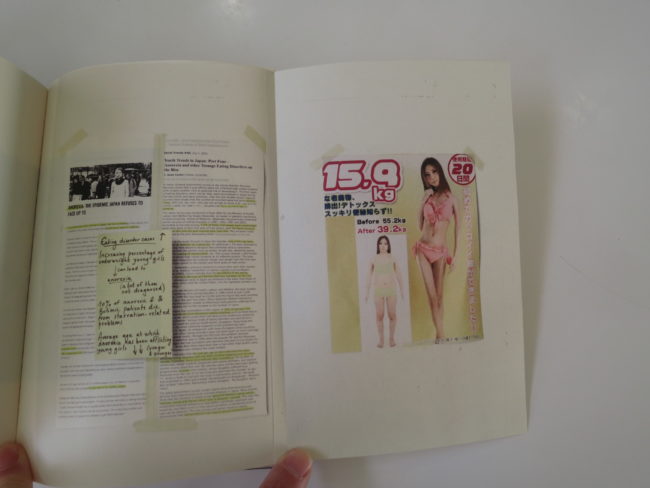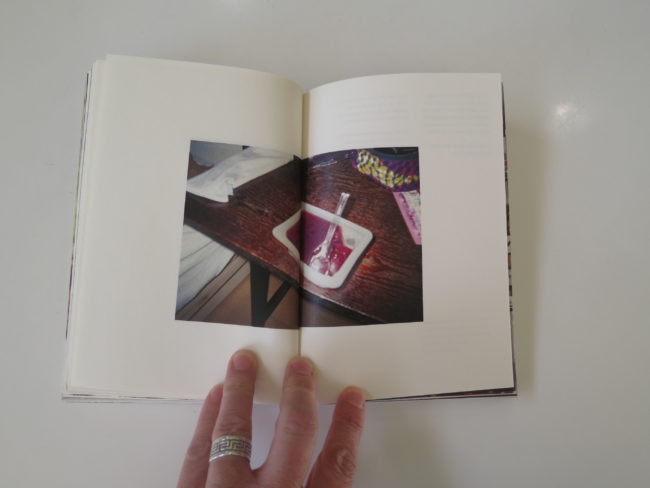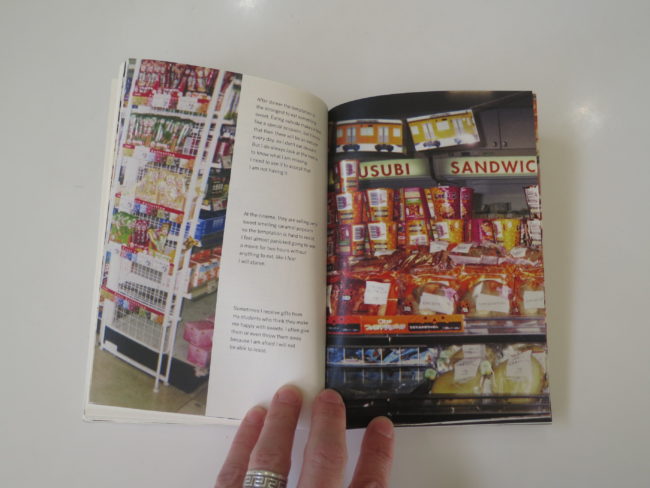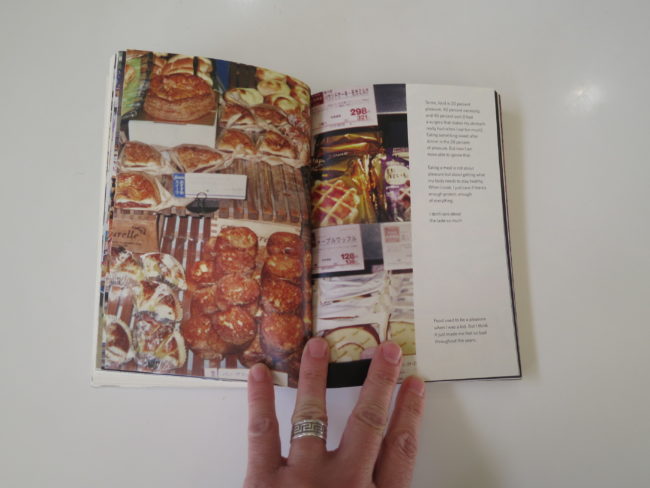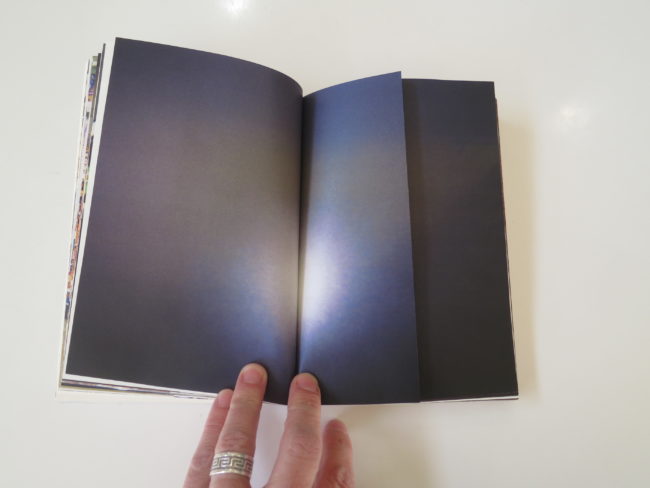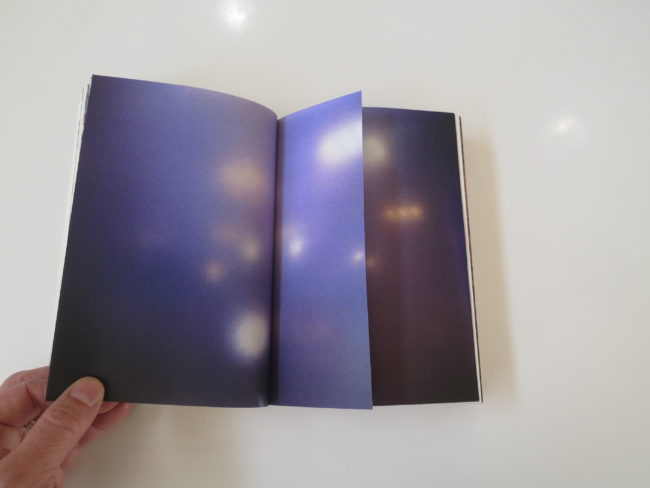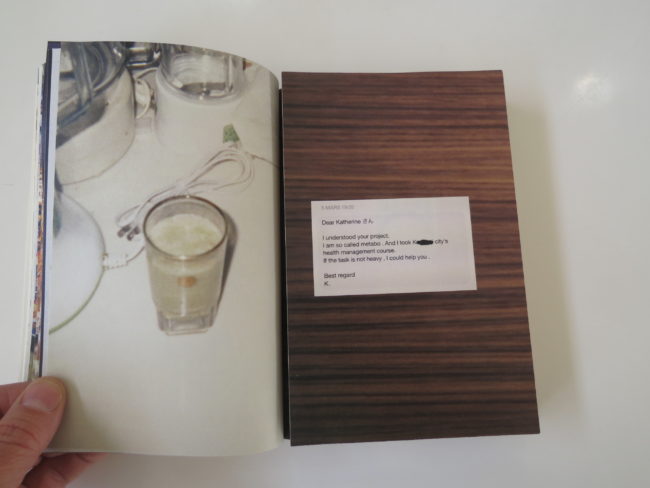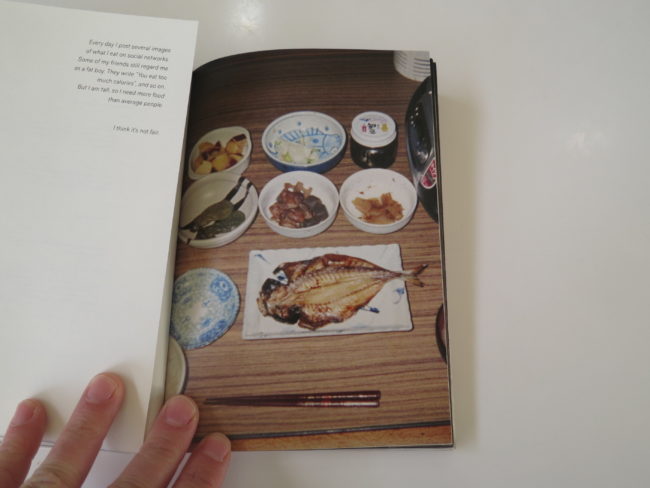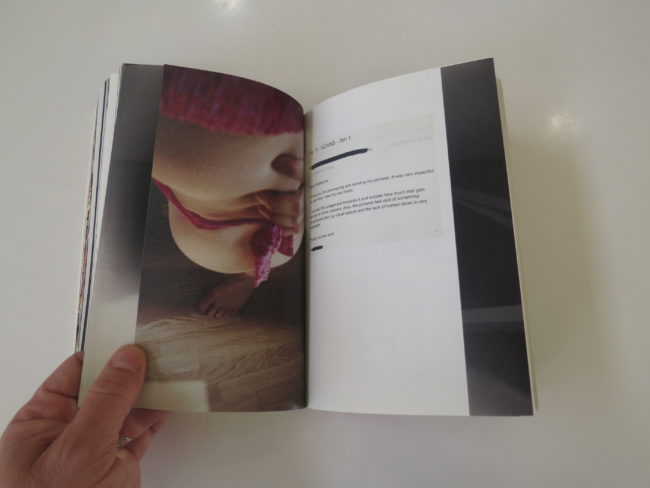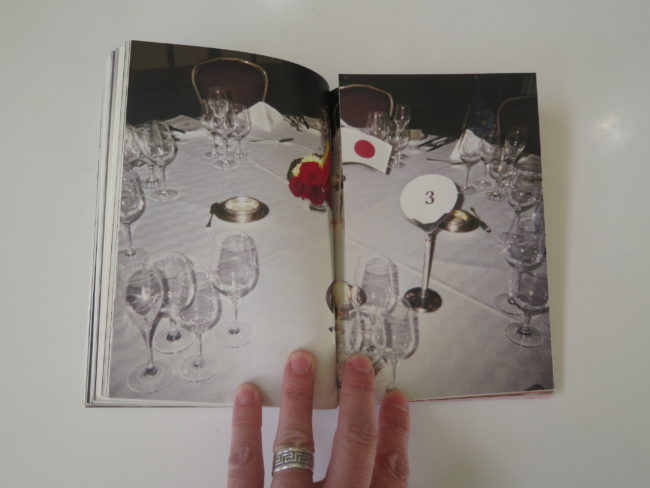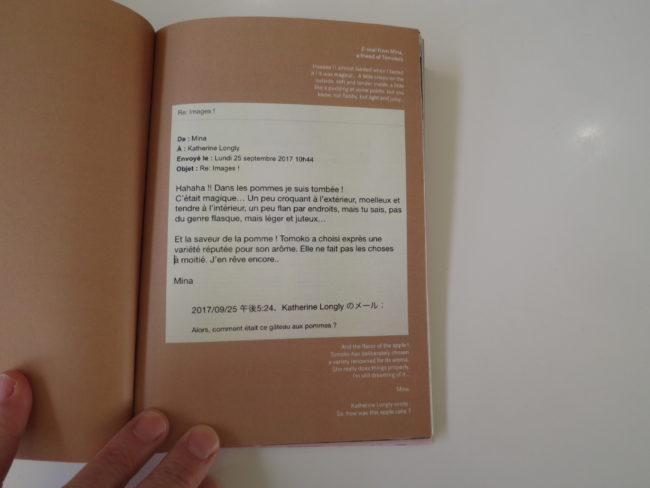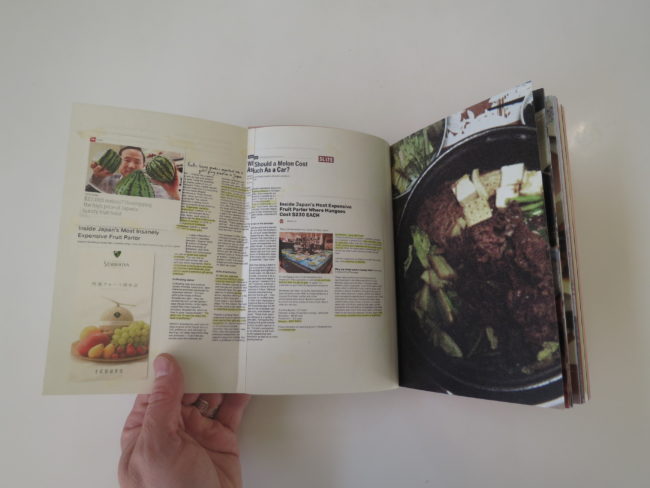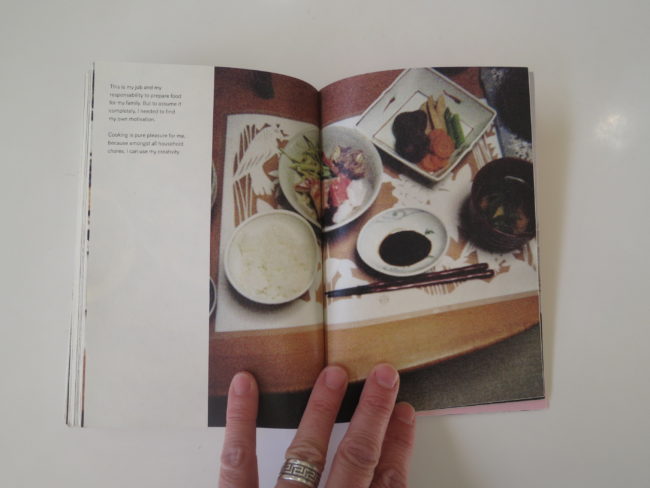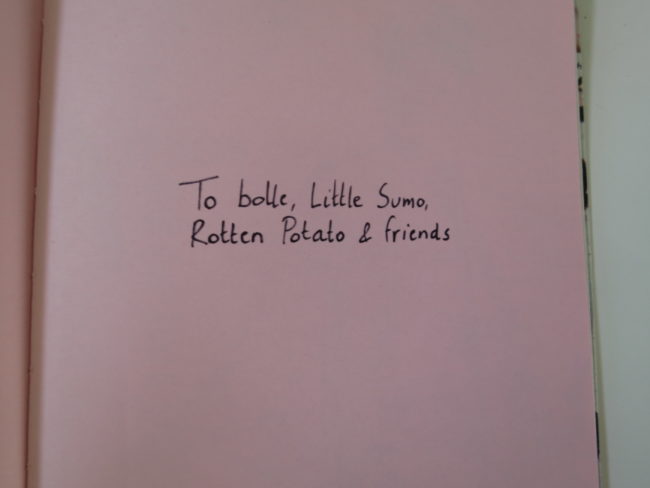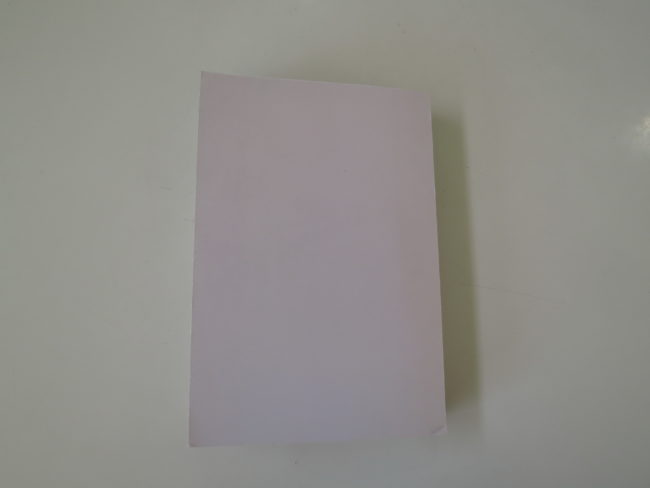
America is a fast food nation.
We know this.
You may not eat at McDonalds, or Wendy’s, or Burger King, but millions of other people do.
Why?
Because it’s fast, cheap, and packed with flavor and fat. (Of course, all cooks know those last two go together.) Sure, chemical companies supply products that boost the food’s tastiness, but most people don’t care what’s in the crap, as long as it fills them up.
This is not news to you, of course, as billions of words have been written about America’s obesity crisis, and whether anything can be done to slim down our collective waist line.
I know how to keep myself fit, these days, mostly because I’ve had phases in life when I put on weight. I was never obese, thankfully, but chubby, fat, heavy, puffy, or rotund would not have been inappropriate adjectives for me at different times. (As a youth, at my wedding, or the summer of 2016, when I had knee tendinitis.)
Eventually, I realized the body weight math is pretty simple. If you burn more calories than you ingest, you won’t get fat. If you eat a lot more than you burn, consistently, you’re screwed.
In my life, times of weight gain tended to track with stress and unhappiness, but were ALWAYS accompanied by a lack of exercise.
If you eat lots of pizza, drink plenty of beer, and don’t exercise, you’re going to gain weight.
It’s just math.
These days, I’ve added exercise into my life in several ways, and it can be as addictive as the bad substances. So keeping fit, and not going too heavy on the sweets has helped me reach an equilibrium.
(But it took 42 years to figure that shit out, which is nothing to brag about.)
People’s relationship to food often determines whether they’ll be able to maintain a healthy weight, but even more, it depends on their relationships with other people. Over-eating and under-eating, both of which can make a person sick, are often coping strategies, or outlets, for people with unresolved emotional issues.
It’s a fact.
Once the pounds are on, of course, they’re much harder to take off. And when it happens to an entire society, as it has here in America, who the fuck knows how to solve the problem?
Today, though, I’m not actually thinking about it as an American issue. Rather, as most of the world knows, the United States has exported many, if not most, of our major fast food franchises.
So other countries, and their citizenries, are now forced to deal with the same issues, even in places that have long had their own, indigenous, healthy cuisines.
How messed up is that? Our corporations actively make some people, in far-flung places, fat and sick.
USA!
USA!
USA!
(Yes, that was an ironic chant.)
Why am I on about this today? Why not write about all the brilliant food I ate in NYC this week? (I’ll get to that in an upcoming travel piece. With photos this time!)
Well, my musings were inspired by “To tell my real intentions, I want to eat only haze like a hermit.”, a small-batch photo-book that turned up in the mail late last year by Belgian artist Katherine Longly.
Man, is this book cool. Honestly, if I can get more edgy, artsy projects like this from you guys, I’m willing to step off my soap-box and stop bitching about how all photo books look alike.
This submission is different than any before, as Ms. Longly reached out, and offered to send the book to me, if I’d sent it back. (She provided return postage.)
When she explained that it was a prototype, one built by hand, with countless hours of exacting labor, I said, “Sure, why not?” and eventually it turned up in the mail.
Apparently, Ms. Longly spent some time doing residencies in Japan, and this amazing little object was the result.
It opens up with a photo in a sleeve, facing backwards, and when you take it out, you see a photo of a chubby young girl. Right away, I assumed it was the artist. (Not sure why.)
Overall, the book does a deep dive into Japan’s relationship to food, as men have seen an uptick in obesity over the years, some of which is directly attributable to a more Americanized diet. (In particular in Okinawa, due to its US Military history.)
Women, though, face the opposite problem. Due to cultural pressures that are, and are not unique to Japan, (media saturation with young, skinny models and actresses,) many young Japanese women are underweight.
In a society of plenty, (as opposed to their Post-WWII scarcity,) Japanese women are seeing higher rates of eating disorders like anorexia and bulimia.
This is not something for which we can blame Trump, (despite his love of fast food,) but it does seem as if the West has made Japan sicker. (Simultaneously, we fell in love with sushi, which we’ve imported over here like crazy, despite the falling rates of fish in the sea.)
The book features some slick, weird photos at the outset, but then switches to a conceptual approach, in which a set of people living in Japan were asked to make disposable-camera-photographs of their food intake, and share stories about their relationship to it.
Some have eating disorders, some battle with childhood fears of being fat, and others long to cook the best food they possibly can. (Even if it means changing up the type of apples in a family cake recipe.)
Throughout, really cool graphics and research documentation are included, so that facts and stats are mixed with the personal narratives.
And then in the end, we get to see another 4×6 photo of the artist, this time as a grown-up, in a plastic sleeve. (A nice connection to the beginning.)
Like last week, this is a book begging to be photographed, so I’ll make sure to include a lot of pictures down below.
Today wasn’t the day to brag about my New York gluttony, but I’ll get to that in the coming weeks. (Thankfully, I walked so many miles in the city that I came home without any extra pounds.)
Rather, I’ll leave you to contemplate this killer book, which somehow manages to be personal, while also exposing the artist, (and by extension, us,) to an alien culture filled with flavored kit kats and fermented bar snacks.
Bon Appetit!
Bottom Line: Fantastic, original maquette about Japanese food culture
To contact the artist about the book, click here
If you’d like to submit a book for potential review, please email me at jonathanblaustein@gmail.com. We’re particularly interested in submissions from female photographers, and artists of color, so we may maintain a diverse program.
